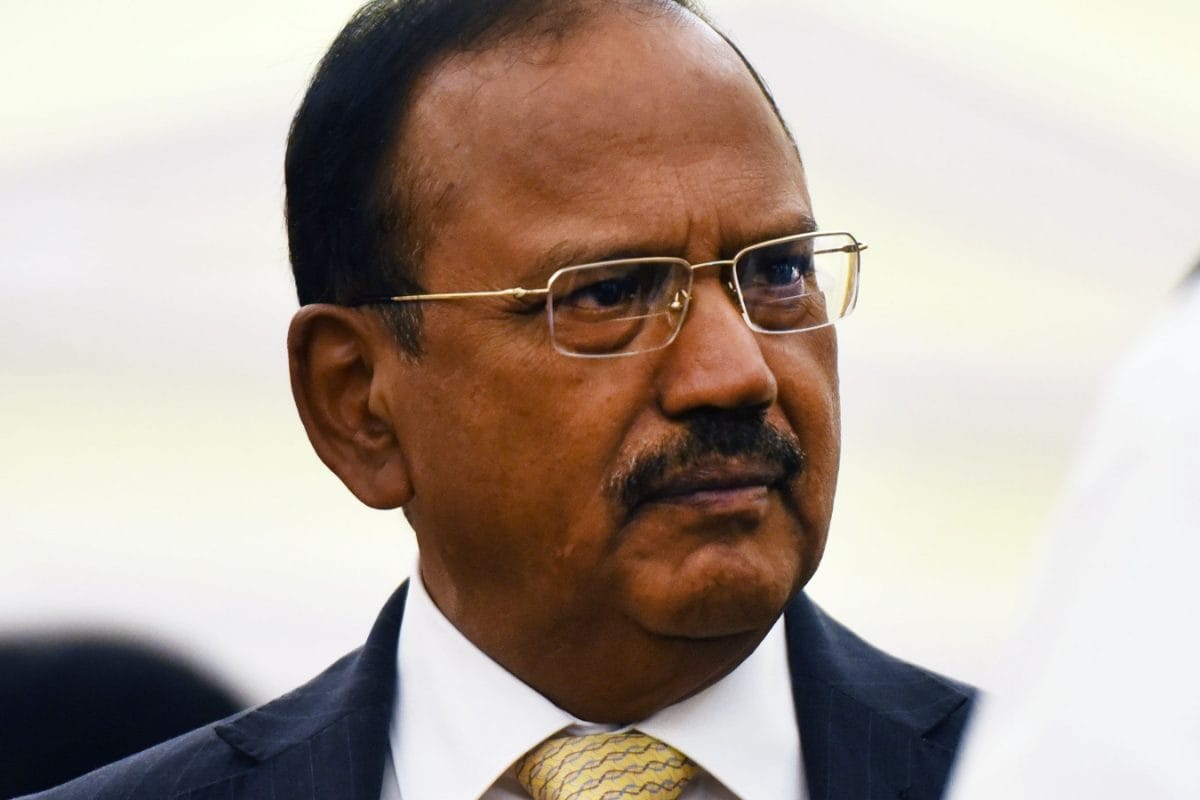

National Security Advisor (NSA) Ajit Doval has challenged the Western media's reporting on Operation Sindoor, particularly regarding claims of damage on the Indian side. During an address at IIT Madras, Doval rebuked media outlets like the New York Times and others, daring them to produce a single photograph showing any damage within India.
Operation Sindoor involved precise strikes by Indian forces against terrorist targets inside Pakistan. Doval stated that the operation hit nine terrorist targets deep inside Pakistan in just 23 minutes, with no collateral damage on the Indian side. He highlighted the use of indigenous technology and precision intelligence in the mission. According to Doval, the strikes were surgical, and the only damage occurred on the Pakistani side.
Doval pointed to before-and-after satellite imagery of 13 Pakistani airbases, including Sargodha, Chaklala, and Rahim Yar Khan, to support his claim. He asserted that "not even a glass pane was broken" in India.
Operation Sindoor was reportedly a carefully planned, non-escalatory response to a terror attack in Pahalgam, Jammu and Kashmir, where 26 civilians were killed. The Indian strikes specifically targeted terrorist camps used for recruitment, indoctrination, training, and as launchpads by groups like Lashkar-e-Taiba (LeT) and Jaish-e-Mohammed (JeM).
Following the strikes, Doval briefed his counterparts in the United States, Japan, the United Kingdom, Russia, China, and several Gulf nations. He emphasized that India had no intention of escalating the situation but would respond firmly if provoked. He also underlined that the airstrikes were intended to deter future attacks by dismantling the infrastructure that enables cross-border terrorism. Foreign Secretary Vikram Misri stated that India's response was based on credible intelligence and designed to be precise and proportionate.
Experts view India's actions as part of a broader diplomatic strategy to frame its actions as part of the global fight against terrorism.